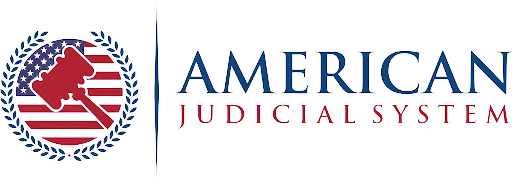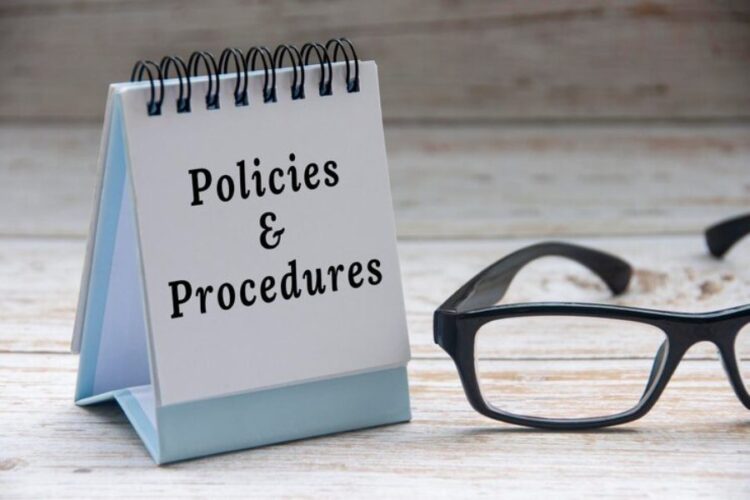For today’s organizations, meeting public policy compliance deadlines is more than a routine obligation—it’s a strategic requirement for maintaining credibility and mitigating risks. Navigating these deadlines ensures your business is aligned with legal standards, minimizing the chances of costly fines and reputational setbacks. An effective understanding of these obligations begins with leveraging reliable resources, such as State and Federal Communications, which offers up-to-date guidance on government affairs and compliance mandates across jurisdictions. Moreover, incorporating political compliance into your broader compliance strategy is crucial, especially as regulations surrounding political activities and contributions become increasingly complex and subject to scrutiny.
Being proactive about compliance involves not only awareness but also organization and streamlining processes. The increasing complexity of regulatory landscapes, particularly for growing businesses or those operating across multiple regions, necessitates a structured roadmap to track and manage key policy dates, filings, and compliance requirements. With an informed and practical approach, professionals can ensure their organizations meet every compliance checkpoint efficiently.
The Importance of Compliance Deadlines
Compliance deadlines anchor organizations to regulatory and legal frameworks. Regulators establish these deadlines to ensure timely disclosures, accurate recordkeeping, and operational transparency. Missing a deadline, even unintentionally, can result in audits, sanctions, and harmful press coverage. For example, under the Corporate Transparency Act, certain businesses are subject to mandatory reporting requirements by specific dates—failure to comply can result in immediate penalties and scrutiny.
Moreover, effective compliance upholds stakeholder trust and builds a foundation for measurable growth. Meeting deadlines demonstrates diligence to clients, partners, and investors, positioning your organization as a responsible and forward-thinking leader in its field.
Common Challenges in Meeting Deadlines
Despite the best intentions, busy professionals encounter several hurdles in managing compliance timelines:
- Simultaneous, overlapping deadlines across state, federal, and global jurisdictions.
- Frequent changes in legal requirements require ongoing attention.
- Constraints caused by limited staffing or resources, particularly in small- to mid-size organizations.
- Fragmented tracking systems, where deadlines are monitored via spreadsheets, email reminders, or disconnected tools.
Without integrated solutions, these obstacles can quickly snowball, putting organizations at risk of non-compliance or inefficient resource allocation.
Strategies for Effective Deadline Management
Long-term compliance success starts with the right strategies. Consider the following actions:
- Develop a Compliance Calendar:Consolidate all deadlines into a visual, accessible calendar. Segment by jurisdiction, priority, and department for clarity.
- Ass—segment Responsibilities:Designate individuals or teams for each organizational deadline to ensure accountability for tracking, documentation, and response.
- Continuous Monitoring:Dedicate time for regular regulatory check-ins to ensure compliance. Subscribe to official updates and alerts from agencies relevant to your industry.
- Regular Training:Facilitate workshops and sessions to ensure all staff understand the significance of compliance deadlines and how their actions contribute to meeting them.
These steps not only streamline workflow but also foster a culture of compliance throughout the organization.
Tools and Resources for Compliance Tracking
The compliance landscape benefits immensely from technology. Compliance management software can automate reminders, track obligations by calendar date, and provide dashboards for ongoing oversight. Comprehensive solutions integrate with email and workflow tools, keeping crucial deadlines in everyone’s line of sight. Many platforms also provide regulatory updates, enabling teams to anticipate and prepare for upcoming legal changes.
Professionals should also consider subscribing to industry newsletters and joining regulatory discussion forums to stay connected with peers and thought leaders—communities like these foster knowledge sharing and practical guidance on community issues.
Best Practices for Maintaining Compliance
- Regular Audits:Internal and external audits reveal potential vulnerabilities before they become problems. They also solidify processes and foster ongoing improvement.
- Thorough Documentation:Maintain detailed, organized records of compliance actions, communications, and completed deadlines. Good documentation can help in the event of a regulatory inquiry.
- Stakeholder Engagement:Involve all relevant internal teams, including legal, IT, and operations, to ensure comprehensive coverage of compliance efforts.
- Continuous Process Improvement:Build feedback loops into your compliance systems. Evaluate what’s working, adapt to regulatory changes, and refine workflows.
Keeping informed via trusted news sources, such as The New York Times’ DealBook, can help you spot regulatory trends and anticipate new compliance demands.
Case Study: Successful Compliance Management
Consider the experience of a mid-sized financial institution that has repeatedly faced compliance issues. The organization implemented an integrated compliance calendar and appointed a dedicated compliance officer to oversee deadlines and documentation. By adopting specialized tracking software and prioritizing monthly team training, the institution reduced missed deadlines by 90% within a year. Beyond minimizing risks and penalties, the solution boosted internal collaboration and positioned the company as a trustworthy leader in its industry.
Conclusion and Next Steps
Keeping up with public policy compliance deadlines is a strategic imperative for organizations of any size. By prioritizing deadline management, leveraging technology and trusted resources, and fostering a proactive organizational culture, busy professionals can ensure legal alignment and organizational success. Now is the time to audit your internal processes, adopt new compliance tools, and encourage continuous engagement across teams to future-proof your organization against regulatory challenges.










